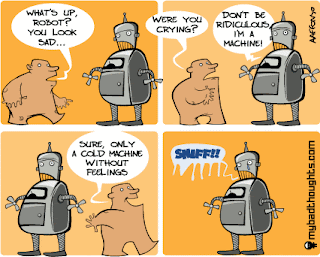 What makes a better doctor, one who knows about your illness with unequaled expertise, and who can ramble off all signs and symptoms as well as treatment options like he wrote the book on them, or one who listens to you intently, sympathizes with your condition, and brings hope and encouragement? Hard to say, really. It would be nice to have both, but as you probably know, that’s not always the case.
What makes a better doctor, one who knows about your illness with unequaled expertise, and who can ramble off all signs and symptoms as well as treatment options like he wrote the book on them, or one who listens to you intently, sympathizes with your condition, and brings hope and encouragement? Hard to say, really. It would be nice to have both, but as you probably know, that’s not always the case.
But we really are finding out how important sensitivity and warmth are to the healing process. It’s not just about physiology, symptoms and disease, but about the mental, emotional, and spiritual too. Are all doctors aware of this? Not yet.
According to a recent study, when patients commented to their doctors about their struggles with cancer–the diagnosis or treatment–or the health care system in general, doctors responded with empathy only 10% of the time. 389 doctors visits were recorded (both doctor and patient were aware of the taping) where these concerns or emotions were expressed, and doctors responded with empathy in just 39 of these instances.
You know, there are healers and then there are technicians. Technicians know all the book stuff–how to differentiate between diagnoses and what drug or treatment goes with what. But healers bring calm, warmth and empathy to their practices. They have a way of stirring-up the unseen energetic forces of healing in others. Healers come in all disciplines–medical doctors, chiropractors, acupuncturist, physical therapists–as do technicians. You know the difference. If you are looking for a healer but find yourself in the office of a technician, then say thank you and move on. You’ll find what your looking for if you don’t give up.














